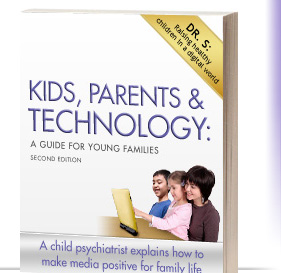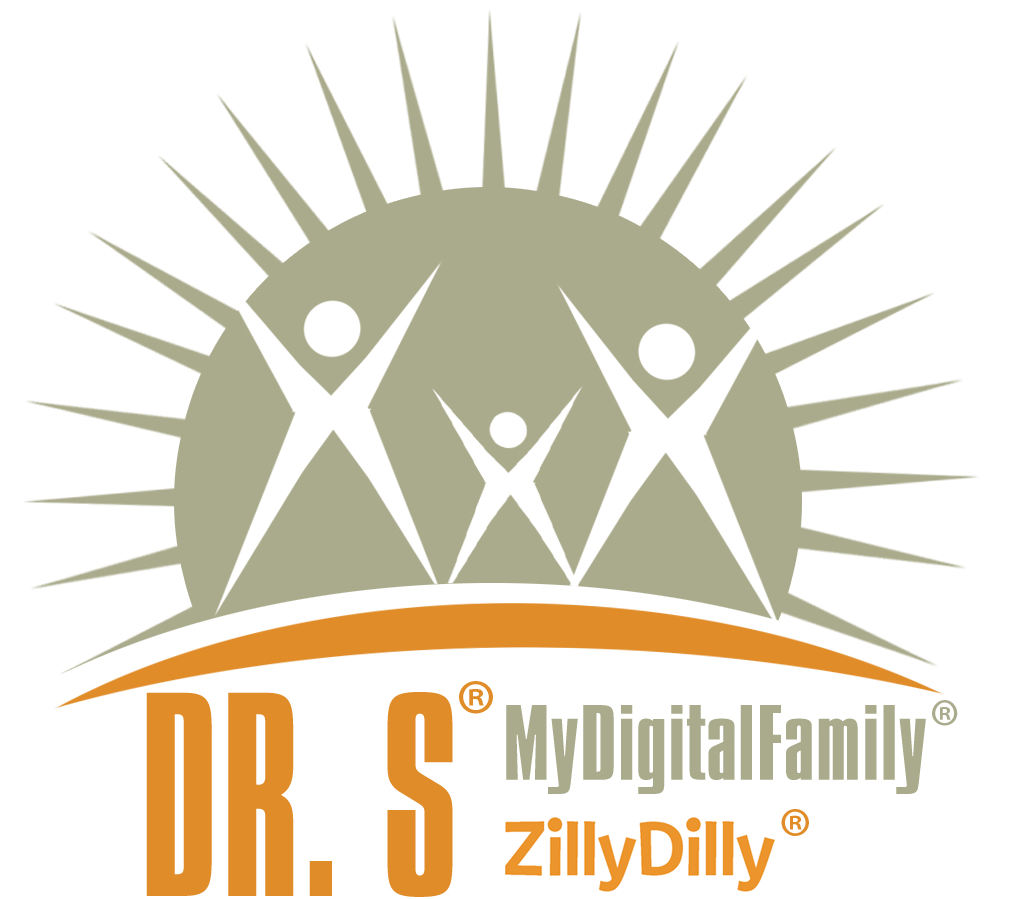Originally published in the New York Times
5.14.10
A recent New York Times story describes how cellphone texting is now more frequent than voice calls. Such a trend is but one example of how, in subtle and not so subtle ways, technology is changing our lives day by day. Bullying and sexting are other instances of ugly destructiveness, also powerfully portrayed in David Schwimmer’s recent drama, “Trust”.
For the past decade, we and our kids seem to have been caught in the turbulent, fast moving, powerful, and seductive currents of technological progress. Sexting and texting were hardly in our vocabulary two years ago. It is stunning to realize how long, how far, and how fast we have been drifting; and we mostly don’t even know where we will eventually end up. And the rate of change is increasing, so change will be coming faster and faster. Too often, we merely passively react, having no clear goals or game plans. That should concern a lot of folks! Yet, most of us hardly give it much thought, and, if we do, we feel powerless, shrug, or uneasily laugh it off.
It is time to stop drifting and start swimming. Technology is here to stay and be used for the good, but things are moving very fast. It is time for us to stop drifting and to take charge. As parents, teachers, and others concerned with developing kids into good people, we must take an active stance in saving children from this turbulence. We need thoughtful planning of their media experiences. For example, if media has no positive family or child- development value, it does not belong in children’s hands. Period. Parents must take charge and actively organize and plan the media consumption in their homes.
How we use technology cannot be left to trends of popular culture any more than education or nutrition. We must think of cell phones and computers as tools for grown ups and as home appliances, not as toys, which is how kids use them.
Of course, there are wonderful applications for kids, but let’s keep the line straight and clear. And we ourselves need to think more clearly about our parenting goals in our own media behaviors: No texting while parenting! Media can be good for kids: Do select and harvest for your kids a menu of good media – and there is plenty of good out there. And the child’s age is important – start them early with media as part of healthy family life.
We urgently need to reset our thinking from the top down and plan and take charge. We need to actively shape our media lives deliberately and carefully so that we can get more benefits and fewer risks. We need to remember the basics of good parenting and learn to apply them in our digital families.



Stop drifting in fast technology currents and start swimming!
Originally published in the New York Times
5.14.10
A recent New York Times story describes how cellphone texting is now more frequent than voice calls. Such a trend is but one example of how, in subtle and not so subtle ways, technology is changing our lives day by day. Bullying and sexting are other instances of ugly destructiveness, also powerfully portrayed in David Schwimmer’s recent drama, “Trust”.
For the past decade, we and our kids seem to have been caught in the turbulent, fast moving, powerful, and seductive currents of technological progress. Sexting and texting were hardly in our vocabulary two years ago. It is stunning to realize how long, how far, and how fast we have been drifting; and we mostly don’t even know where we will eventually end up. And the rate of change is increasing, so change will be coming faster and faster. Too often, we merely passively react, having no clear goals or game plans. That should concern a lot of folks! Yet, most of us hardly give it much thought, and, if we do, we feel powerless, shrug, or uneasily laugh it off.
It is time to stop drifting and start swimming. Technology is here to stay and be used for the good, but things are moving very fast. It is time for us to stop drifting and to take charge. As parents, teachers, and others concerned with developing kids into good people, we must take an active stance in saving children from this turbulence. We need thoughtful planning of their media experiences. For example, if media has no positive family or child- development value, it does not belong in children’s hands. Period. Parents must take charge and actively organize and plan the media consumption in their homes.
How we use technology cannot be left to trends of popular culture any more than education or nutrition. We must think of cell phones and computers as tools for grown ups and as home appliances, not as toys, which is how kids use them.
Of course, there are wonderful applications for kids, but let’s keep the line straight and clear. And we ourselves need to think more clearly about our parenting goals in our own media behaviors: No texting while parenting! Media can be good for kids: Do select and harvest for your kids a menu of good media – and there is plenty of good out there. And the child’s age is important – start them early with media as part of healthy family life.
We urgently need to reset our thinking from the top down and plan and take charge. We need to actively shape our media lives deliberately and carefully so that we can get more benefits and fewer risks. We need to remember the basics of good parenting and learn to apply them in our digital families.